The hotel lobby has evolved far beyond its utilitarian origins as a mere transitional space for check-in and baggage handling. Today’s most innovative boutique properties recognize the lobby as the beating heart of the guest experience—a space that sets the tone, tells a story, and creates community through thoughtful design and programming.
These exceptional gathering spaces have become destinations themselves, drawing both travelers and locals with their distinctive character and functionality. These remarkable properties understand that first impressions matter deeply.
Here is a list of 17 boutique hotels where the lobby alone justifies the visit.
Ace Hotel Downtown Los Angeles

Housed in the historic United Artists Building, this lobby breathes new life into a 1927 Spanish Gothic theater district landmark through perfect adaptive reuse. The triple-height ceilings showcase original ornate detailing alongside carefully curated contemporary art installations that change seasonally to highlight emerging Los Angeles artists.
Mezzanine library spaces feature thousands of art books organized by color rather than subject, creating a visual impact while maintaining browsing functionality for guests. The communal tables—crafted from 200-year-old reclaimed wood sourced from demolished Downtown warehouses—have witnessed business deals, creative collaborations, and romantic meetings that celebrate downtown’s renaissance.
Residents comprise nearly 60% of daily lobby users, creating an authentic urban living room where travelers naturally connect with genuine city culture.
The Silo, Cape Town
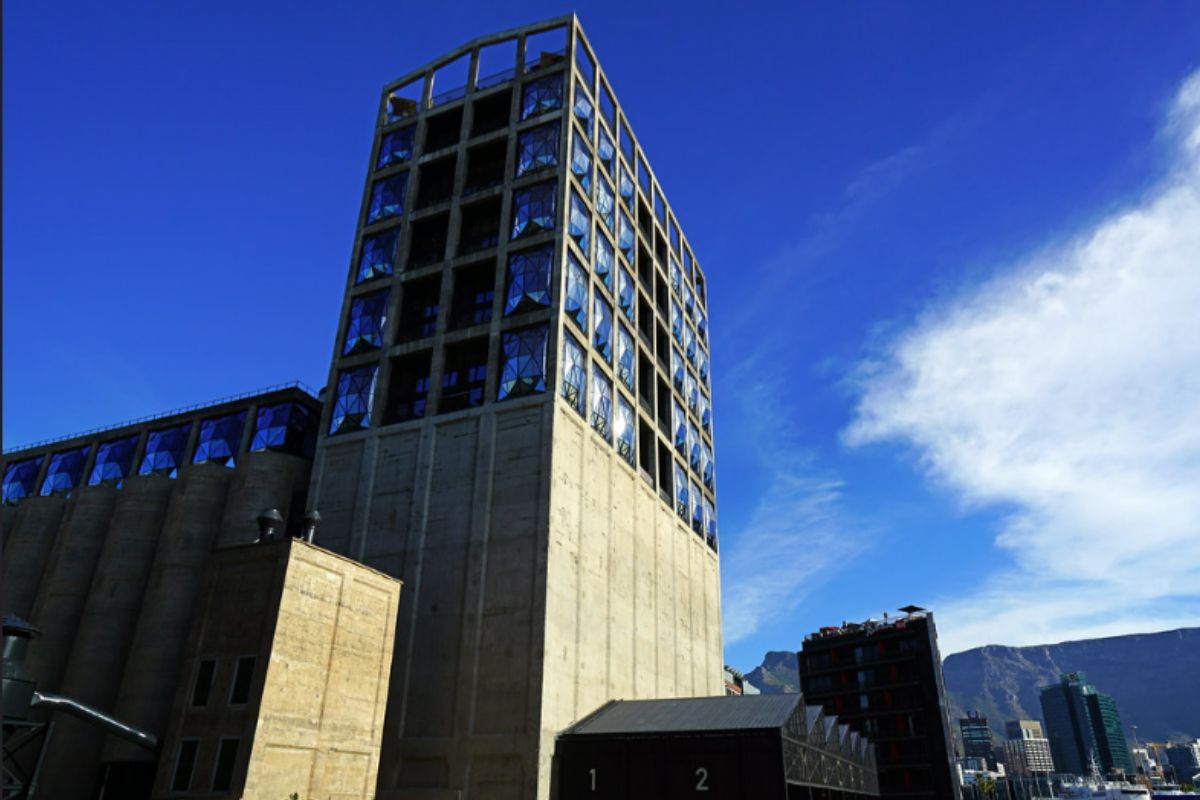
Occupying the grain elevator portion of Cape Town’s historic harborside silo complex, this lobby showcases the raw industrial geometry of the original structure through 42-foot ceilings still bearing the marks of original grain chutes. The geometric windows—multi-faceted glass bubbles designed by Thomas Heatherwick—create kaleidoscopic effects across interior surfaces as African sunshine shifts throughout the day.
Art from the adjacent Zeitz Museum of Contemporary African Art rotates through the space, creating a direct dialogue between the continent’s artistic heritage and its industrial past. The central concrete mixing desk maintains its original industrial form but now serves botanical cocktails incorporating plant specimens grown in the rooftop garden directly above the structure.
Like Travel Pug’s content? Follow us on MSN.
The Dewberry, Charleston
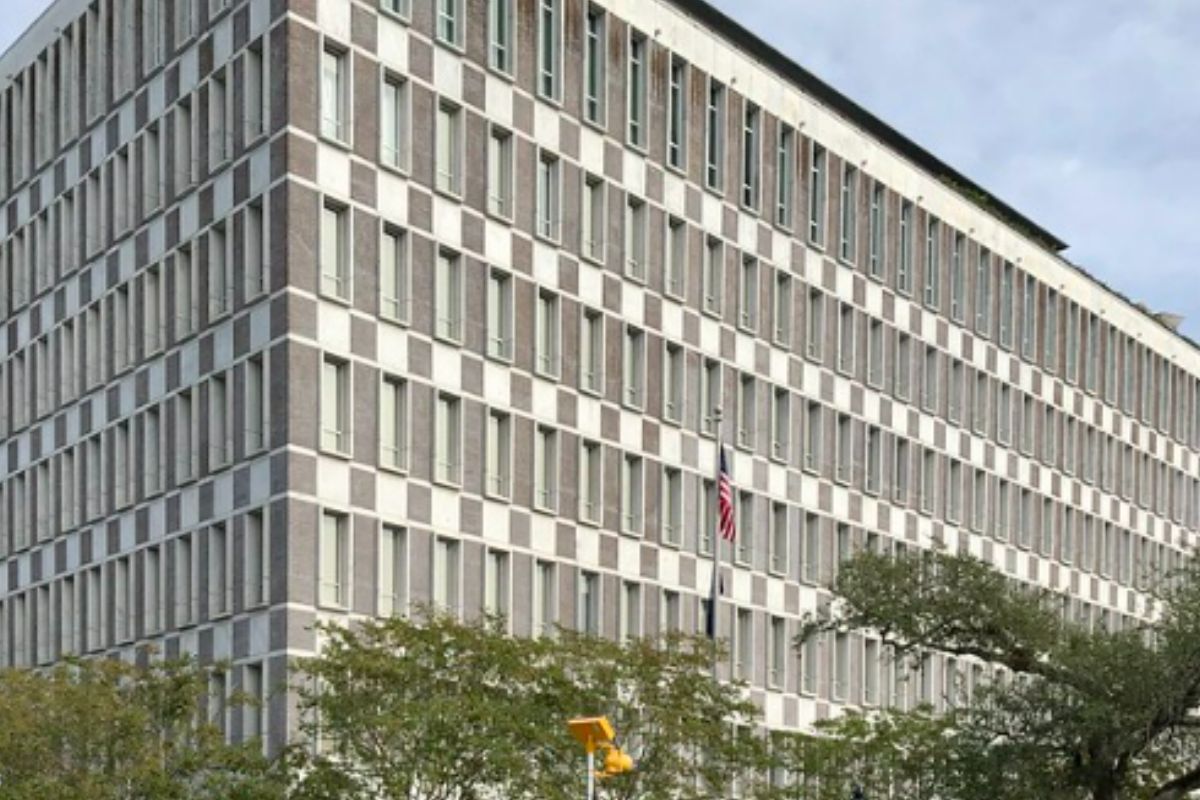
This meticulously restored mid-century federal building celebrates Southern modernism through a living room lobby that feels more like a sophisticated residential space than a hotel entrance. The brass details throughout the room were salvaged from the building’s original 1960s fixtures, restored by local metallurgists whose families have worked Charleston’s shipyards for generations.
The cypress wood paneling—harvested from swamps outside the city and milled specifically for the property—emits subtle aromatic notes that change with humidity levels, creating a sensory connection to the Lowcountry landscape. Hand-chosen vintage furniture pieces sourced from Danish and American modernist designers create conversation groupings that facilitate natural social interactions among guests who frequently report making lasting friendships during lobby cocktail hours.
The Hoxton, Amsterdam

Spread across five historic canal houses, this lobby breaks the space into a series of interconnected living rooms that mirror the intimate gathering spaces found in traditional Dutch homes. Original spiral staircases and exposed ceiling beams showcase 17th-century construction techniques, while contemporary furnishings create comfortable counterpoints to these historic elements.
The custom wallpaper depicts canal scenes rendered in traditional Delft blue but incorporates whimsical modern elements that reward close inspection. Residents regularly book the lobby’s “living room slots” —free reservations for specific seating areas for client meetings or study sessions—creating dynamic integration with the surrounding neighborhood’s daily rhythms.
The Norman, Tel Aviv
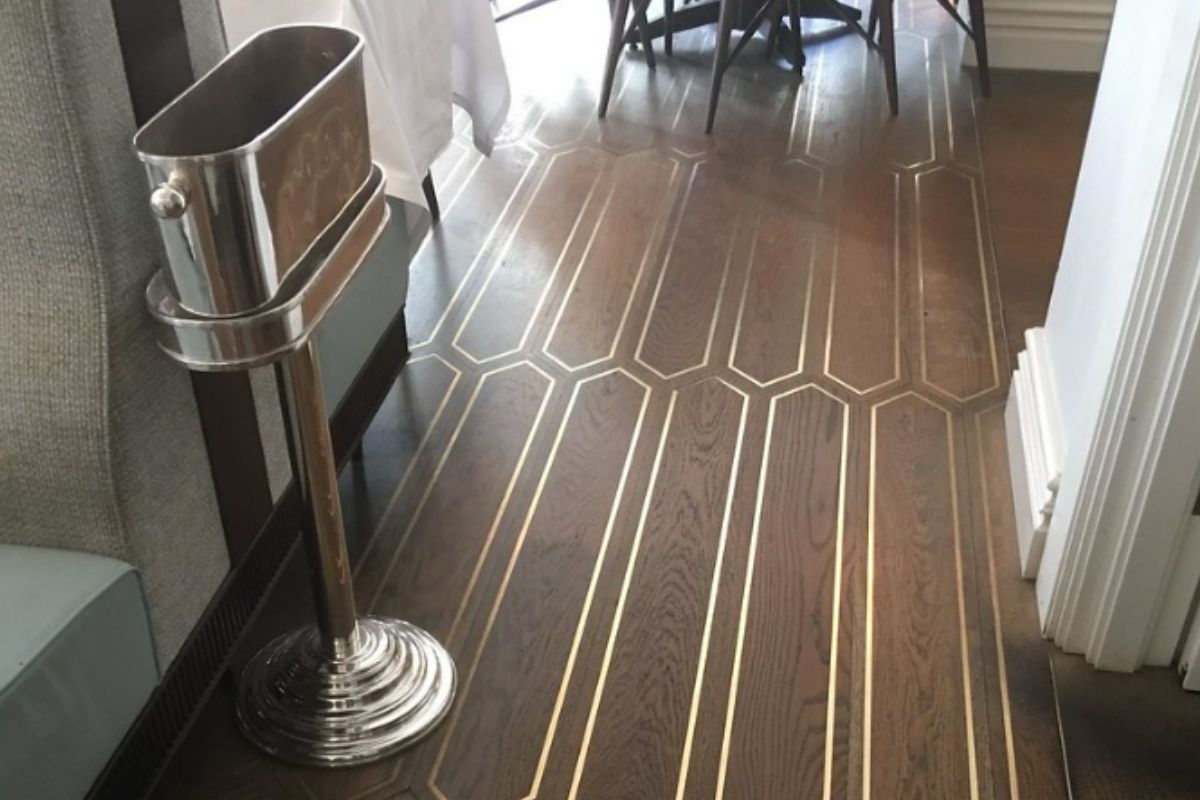
This lobby preserves the architectural details of its 1920s Bauhaus heritage building while incorporating contemporary Israeli art that changes frequently through partnerships with Tel Aviv galleries. The restored terrazzo floors required six months of handwork by specialist craftsmen using traditional techniques that nearly disappeared during the late 20th century.
The central citrus trees growing in cast iron planters reference the orange groves that preceded urban Tel Aviv, creating connections to the land’s agricultural history within this thoroughly urban setting. The lobby library contains first editions of works by authors who frequented the neighborhood during the building’s early years, available for guests to browse while enjoying afternoon tea service that blends British tradition with Middle Eastern flavors.
Like Travel Pug’s content? Follow us on MSN.
Hotel Sanders, Copenhagen
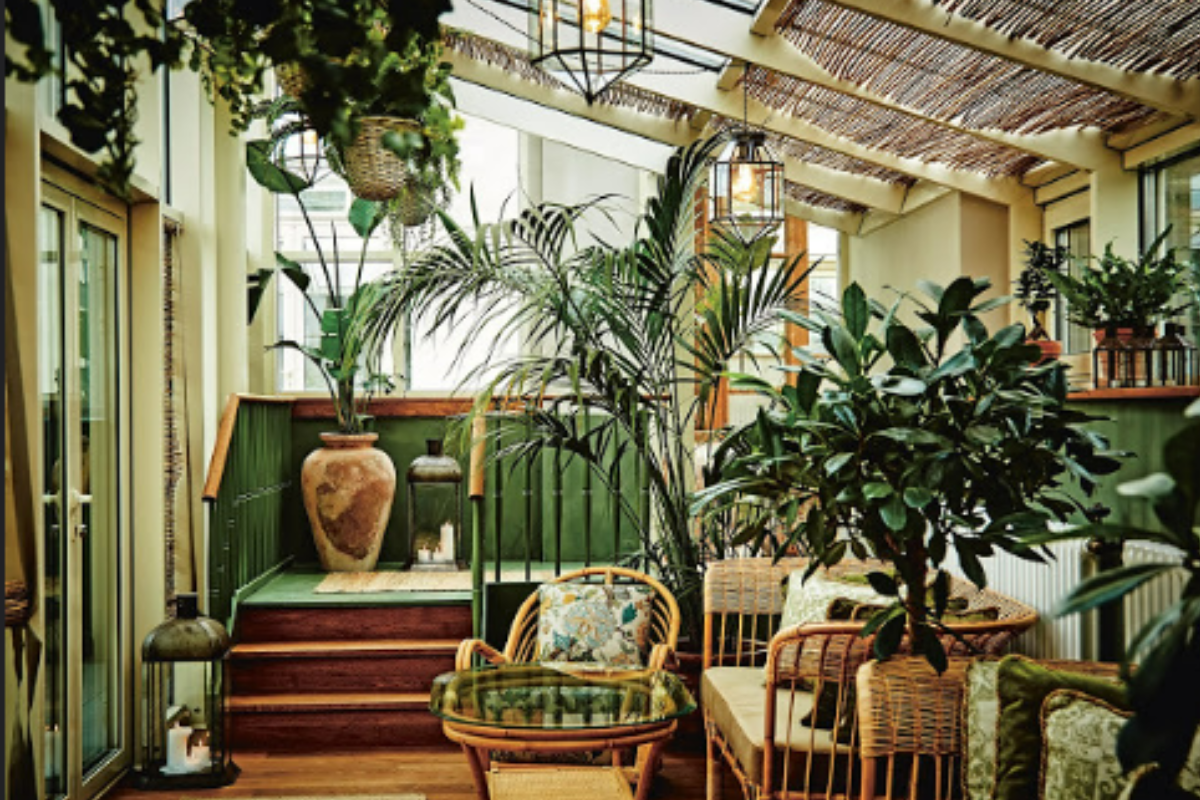
This intimate lobby was designed to evoke the feeling of a theater’s green room—a nod to the owner’s background as a principal dancer with the Royal Danish Ballet. Vintage theatrical furniture pieces and ballet memorabilia create subtle connections to performance arts without becoming thematic or obvious.
The central fireplace features hand-painted tiles depicting Copenhagen scenes commissioned from artists at the Royal Danish Porcelain factory using centuries-old techniques. The cocktail program incorporates botanical elements from the royal gardens, connecting the property to its aristocratic surroundings through subtle flavor profiles rather than obvious references.
Ett Hem, Stockholm
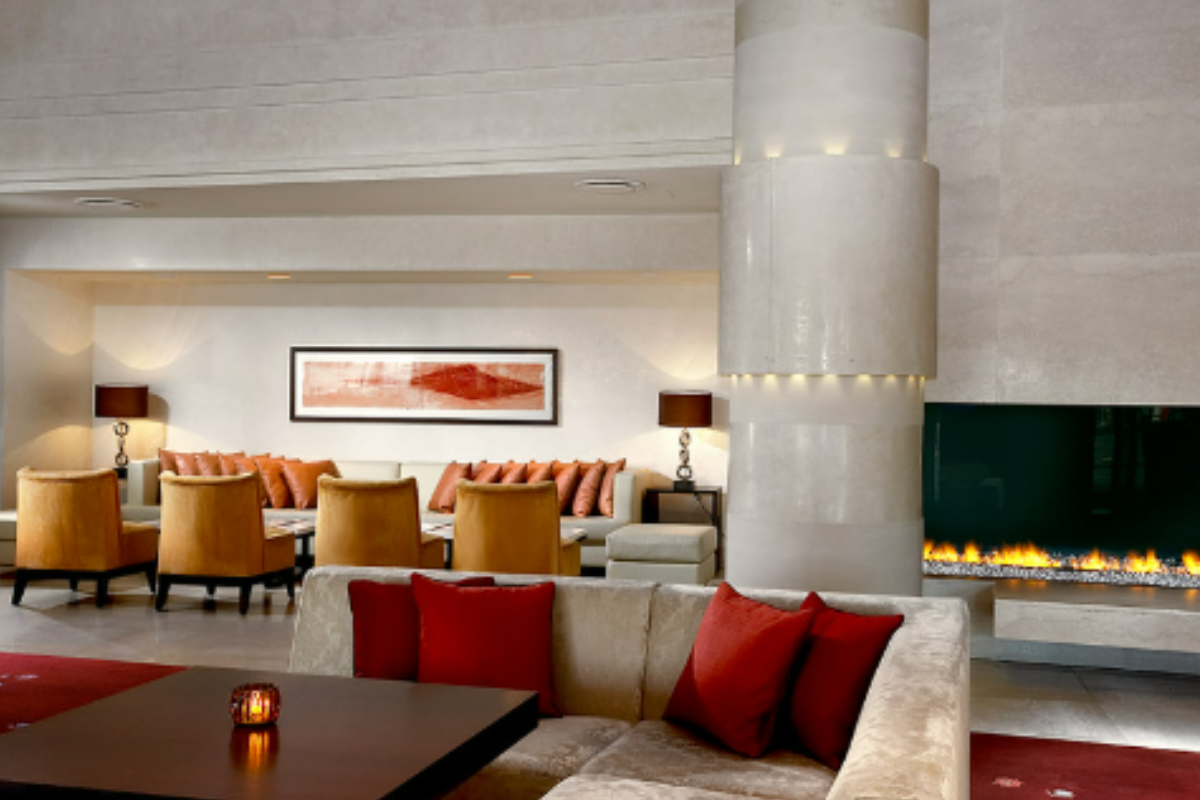
Occupying a 1910 residential home in Stockholm’s diplomatic quarter, this lobby maintains its original domestic layout while functioning as a boutique hotel’s central gathering space. Guests use the space exactly as they would a private home—serving themselves from the open kitchen, selecting wines directly from the cellar, or playing the grand piano that once belonged to a noted Swedish composer.
The book collection spans four generations of actual family libraries, acquired en masse to maintain the organic accumulation pattern of genuine home collections rather than for mere decorative effect. The conservatory space features a rotating display of plants from the Nordic region, showcasing seasonal changes in Swedish flora that connect interior spaces with the external natural environment.
The Warehouse Hotel, Singapore
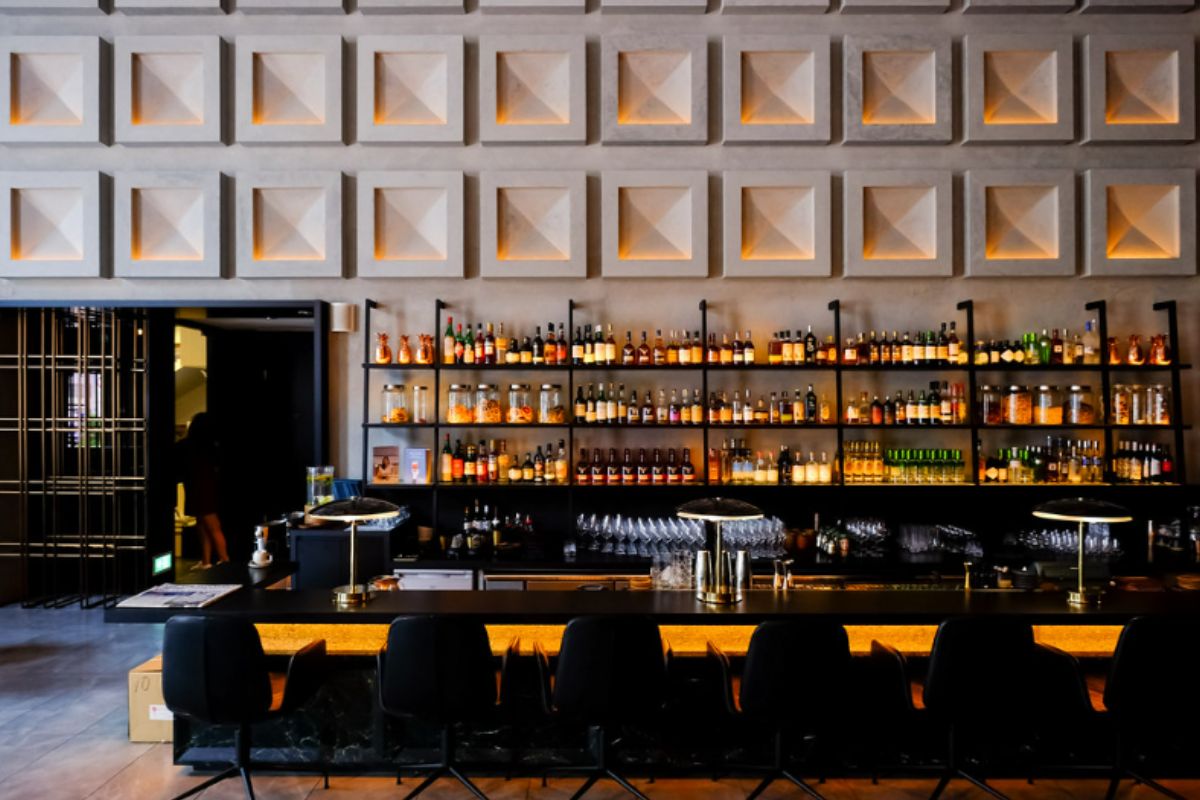
This lobby occupies a meticulously restored 1895 godown (warehouse) along the Singapore River, preserving the industrial heritage of a building that has served as a spice warehouse, secret society headquarters, and underground disco throughout its colorful history. The soaring triple-height ceilings feature original pulleys and gears from the building’s working days, restored to functional condition though now serving decorative purposes.
The central bar incorporates design elements referencing each historical period of the building’s past use, creating subtle storytelling moments that reward repeat visits and close attention. The signature house-made spirits program features ingredients that would have once been stored in the warehouse during its spice trading days, connecting gustatory experiences directly to the building’s commercial heritage.
Like Travel Pug’s content? Follow us on MSN.
Hotel Emma, San Antonio
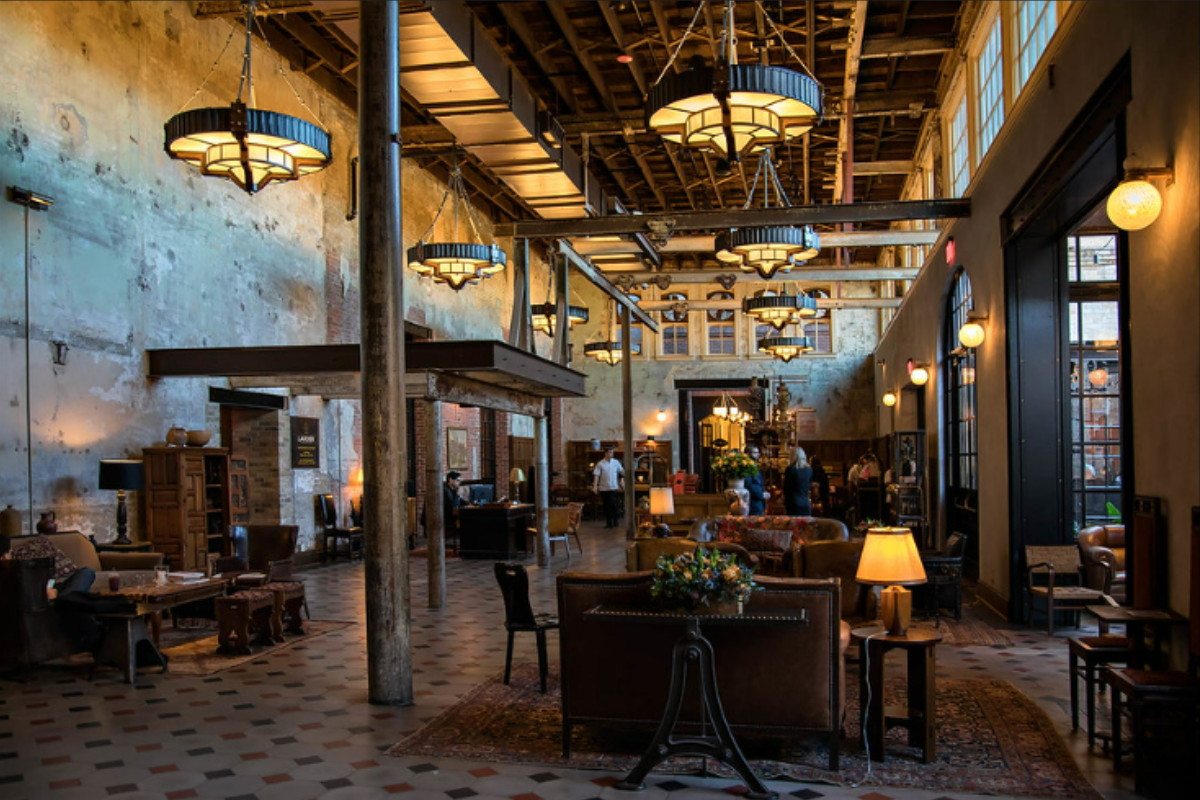
This dramatic lobby preserves the industrial equipment from the building’s former life as a 19th-century brewery, incorporating massive tanks, pipes, and flywheels as sculptural elements within sophisticated gathering spaces. The 25-foot brewing tanks now serve as intimate seating grottos where guests enjoy cocktails surrounded by riveted copper that tells the story of American industrial craftsmanship.
The custom chandeliers were fabricated using machinery parts salvaged during renovation, recontextualizing utilitarian equipment as artistic lighting elements without diminishing their historical authenticity. The lobby library contains over 3,700 volumes collected in full from a single San Antonio bibliophile, acquired intact to maintain the collection’s intellectual coherence and connection to local literary interests rather than merely providing decorative props.
NoMad London
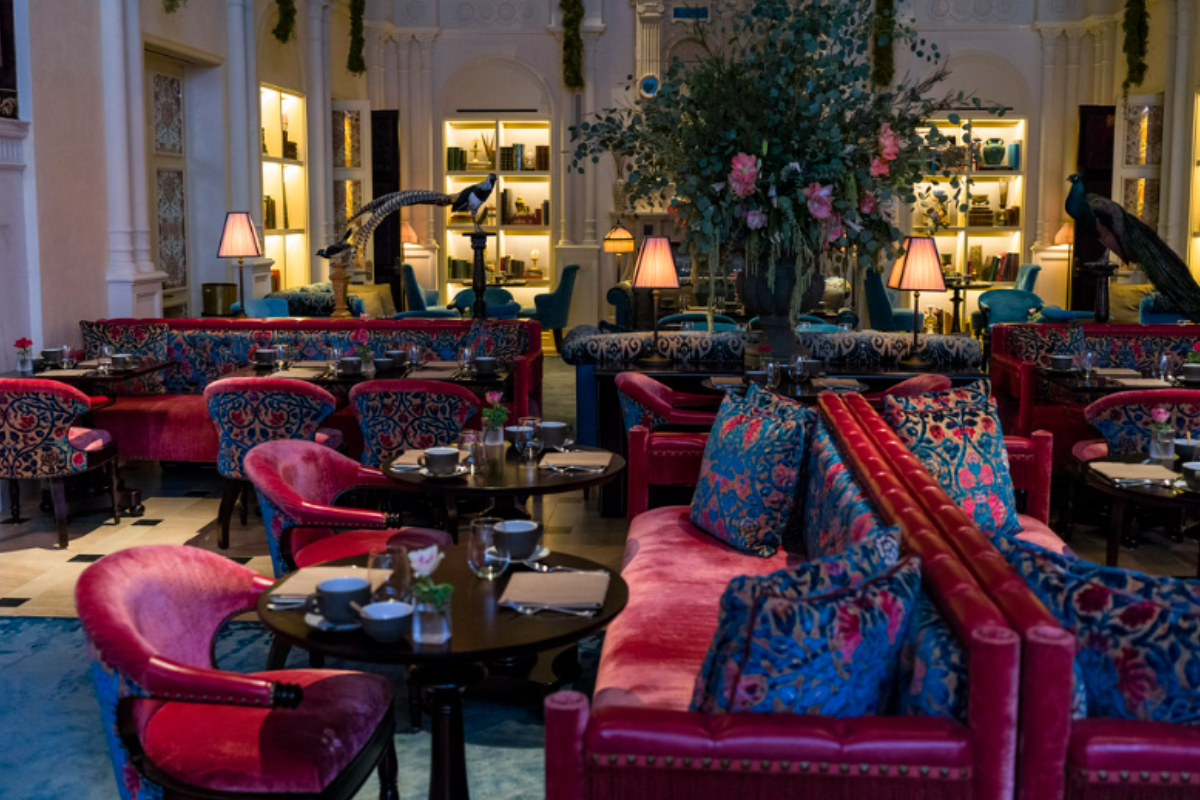
Occupying a former magistrate’s court where notorious criminals once stood trial, this lobby preserves the three-story atrium that once served as a public gallery for Victorian judicial proceedings. The original wooden benches where spectators observed trials have been reupholstered and repositioned to create intimate conversation areas beneath the soaring glass ceiling that floods the space with natural light.
The central bar occupies the actual dock where defendants once stood, maintaining the raised platform and ornate wooden detailing while transforming a space of judgment into one of conviviality. Throughout the lobby, subtle design references acknowledge the building’s judicial past without creating a heavy-handed theme—brass details recall handcuffs, lighting fixtures suggest police lanterns and fabric patterns hint at traditional judicial robes.
The Calile, Brisbane
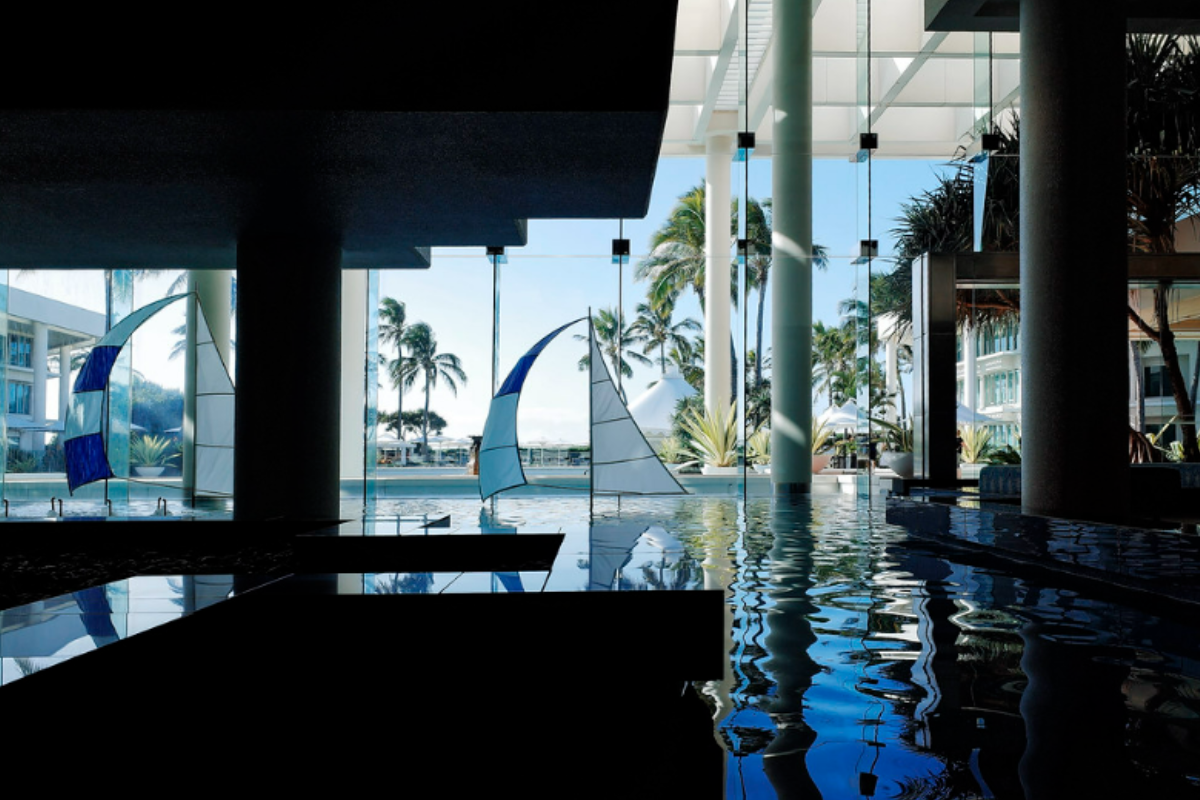
This lobby brings Queensland’s outdoor living tradition indoors through a series of connected spaces that blur boundaries between interior and exterior environments. The terrazzo floors incorporate crushed mother-of-pearl that subtly references the Great Barrier Reef while providing practical cooling properties in Brisbane’s subtropical climate.
The arched colonnades echo Queensland’s architectural heritage while creating natural zones within the open-plan space without requiring walls that would impede air circulation. The custom furnishings feature fabrics in a carefully calibrated color palette derived from scientific analysis of the Australian natural landscape, creating a subconscious connection to the surrounding ecosystem through precise chromatic relationships rather than obvious pictorial references.
Like Travel Pug’s content? Follow us on MSN.
The Opposite House, Beijing
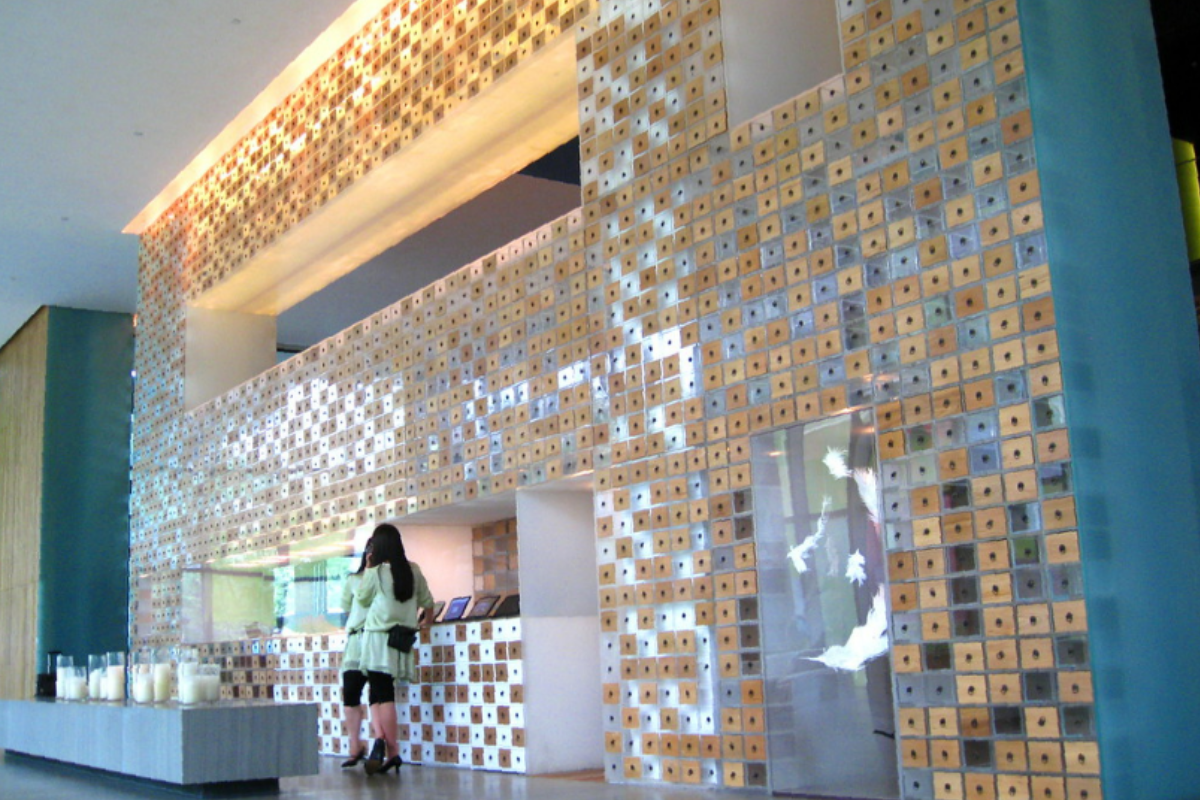
This minimalist lobby centers around a 99-foot-long reception desk carved from a single Mongolian elm tree, representing one of the largest solid wood sculptures in China and requiring special permission for harvest, given the species’ protected status. The soaring atrium features rotating art installations that change quarterly, showcasing emerging Chinese artists working in traditional materials through contemporary expressions.
The central stainless steel swimming pool serves as both a functional amenity and a dramatic design statement, with special lighting systems that transform the water into various chromatic states throughout the day and evening. Local cultural programming—from traditional tea ceremonies to avant-garde performance art—activates the space weekly, creating reasons for repeat visits from Beijing residents and hotel guests alike.
Fogo Island Inn, Newfoundland
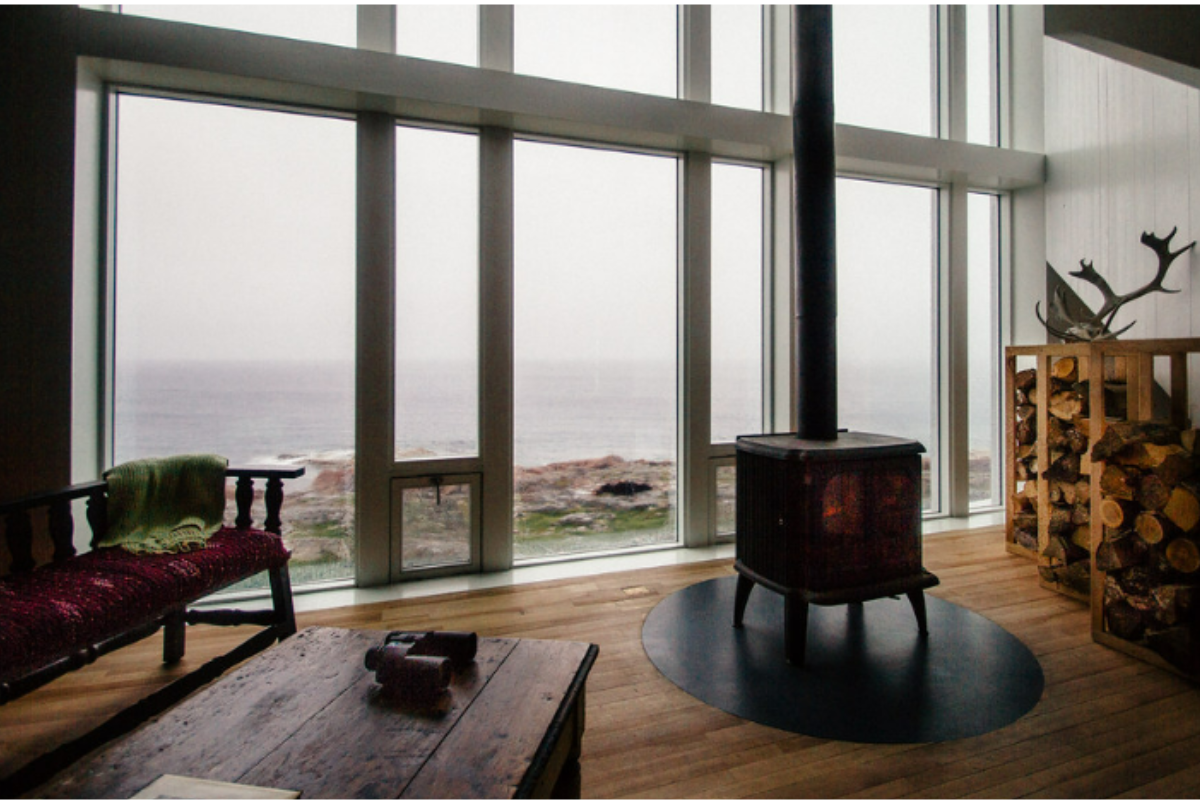
This remarkable lobby directly connects visitors to the North Atlantic through floor-to-ceiling windows engineered to withstand hurricane-force gales and positioned to frame specific ocean aspects significant to the island’s maritime heritage. The handcrafted furnishings were built by local boat builders applying traditional woodworking techniques to contemporary furniture forms, preserving cultural knowledge while creating modern functionality.
The textiles throughout the space showcase revival patterns from traditional Newfoundland quilting traditions produced by a cooperative of island artisans established specifically to support the hotel project. The wood-burning fireplace—large enough to stand inside—burns timber harvested through sustainable forestry practices developed with local knowledge to protect the island’s fragile ecosystem specifically.
Proper Santa Monica
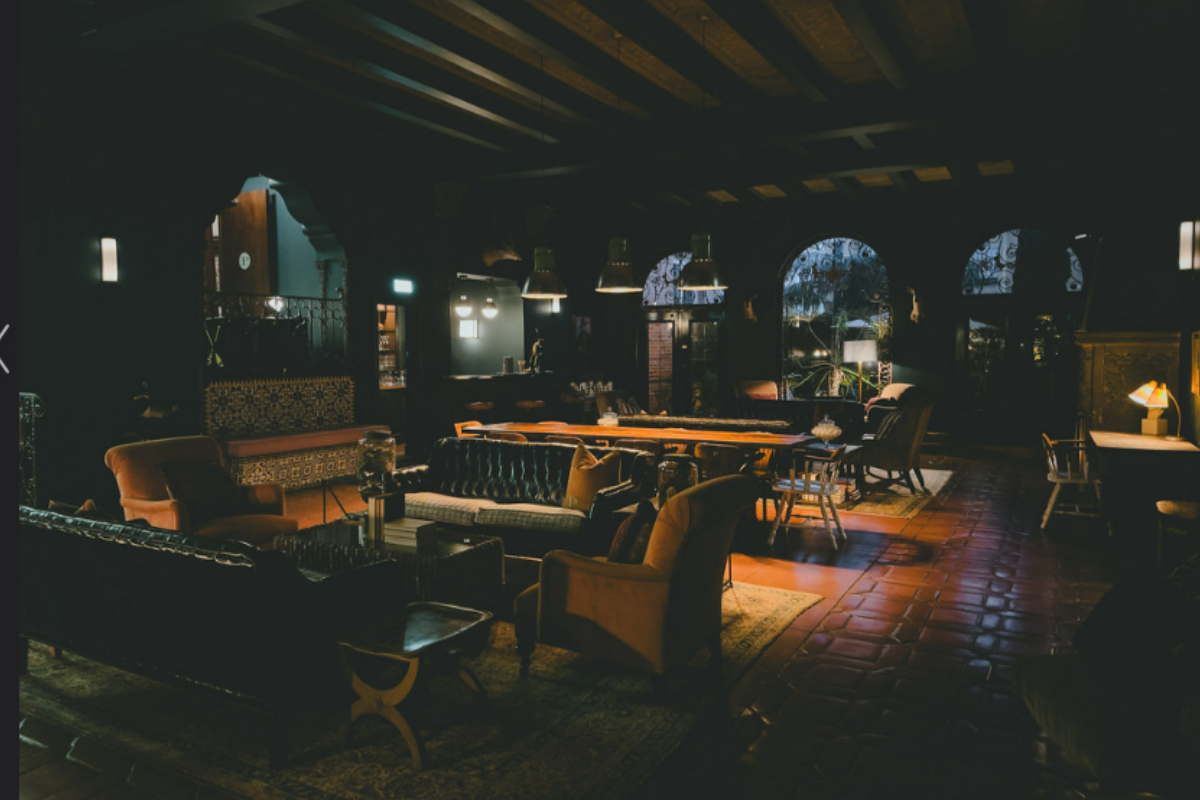
This lobby celebrates California’s indoor-outdoor tradition through oversized Monty Wallis planters featuring native species arranged in naturalistic compositions that reference nearby coastal ecosystems. The ceiling installation features over 4,000 hand-pressed ceramic pieces created by local artists, arranged in patterns that track the movement of Pacific Ocean currents visible from the hotel’s rooftop.
The reception desk incorporates salvaged timber from Santa Monica Pier’s original 1909 construction, connecting the contemporary space to the city’s earliest development as a coastal resort destination. Throughout the lobby, commissioned artworks reference California Light and Space movement artists who worked in Venice and Santa Monica during the 1960s, creating local art historical connections without resorting to obvious beach themes.
Like Travel Pug’s content? Follow us on MSN.
Chapter Roma
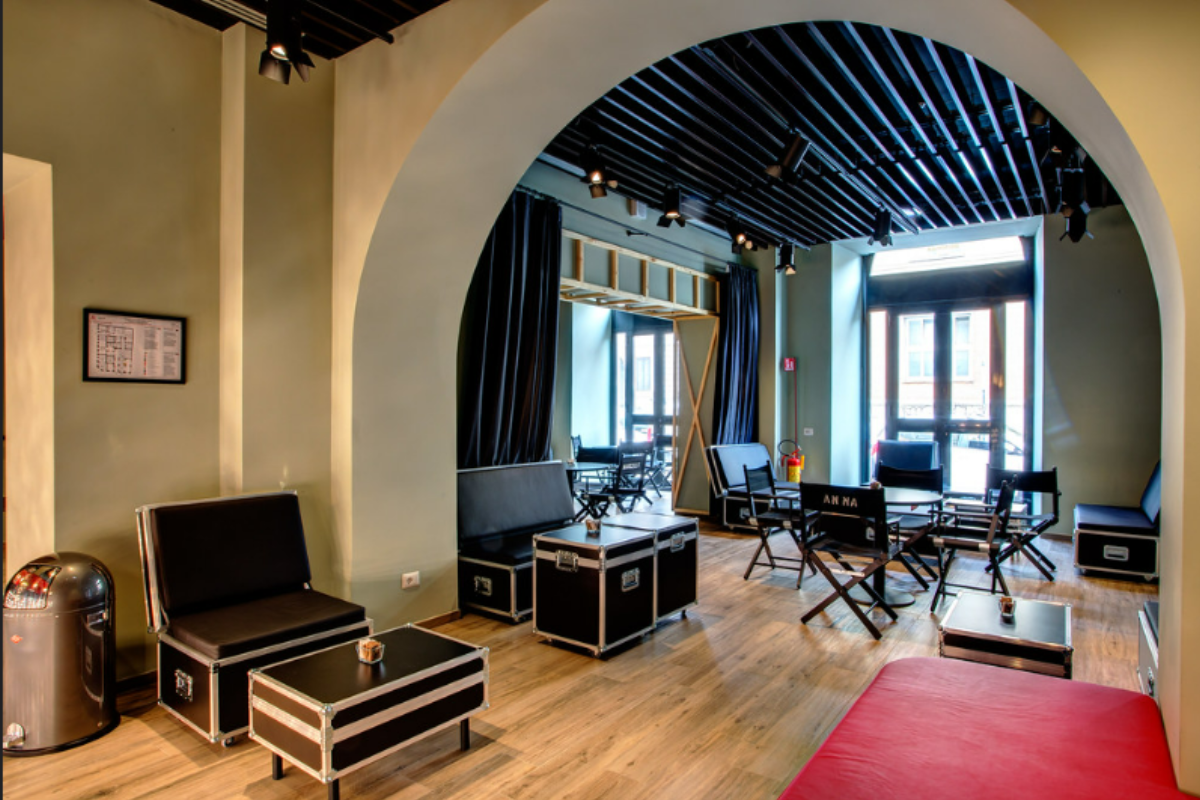
This lobby preserves the raw construction elements of its 19th-century shell while incorporating industrial design elements that reference the working-class history of this traditional Roman neighborhood. The uncovered structural elements reveal centuries of modifications through different materials and techniques, creating a physical timeline of Roman construction methods from the 1800s forward.
The central coffee bar—operated as a separate business welcoming locals throughout the day—serves traditional Roman espresso alongside contemporary interpretations, creating natural integration between travelers and neighborhood residents. The custom furniture pieces were fabricated by metalworkers from the nearby Monti district, traditionally home to Rome’s craftspeople, creating economic connections to the community while showcasing local artisanship.
Hotel Peter & Paul, New Orleans
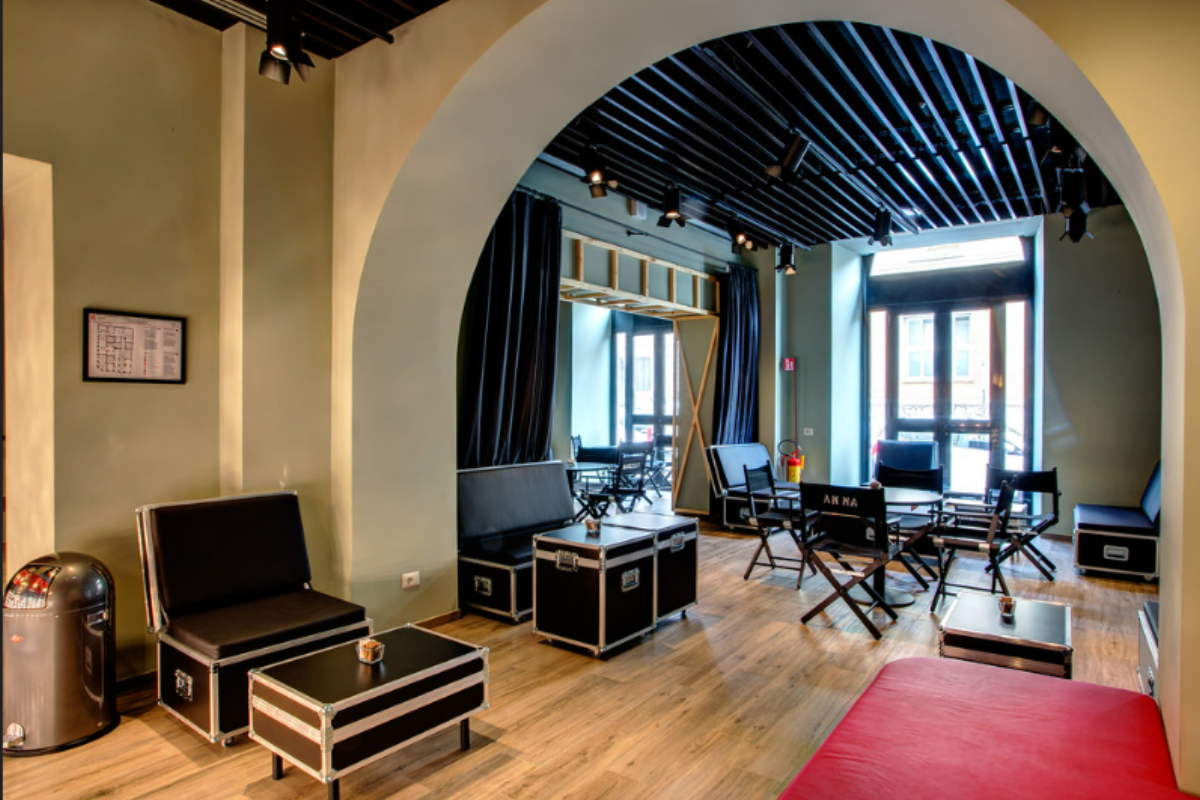
This lobby occupies the former sanctuary of an 1860s Catholic church, respecting the solemnity of the original space while reimagining it for contemporary gathering purposes. The soaring 40-foot ceiling maintains its original decorative elements, now meticulously restored after decades of neglect following the church’s deconsecration.
The custom furnishings incorporate salvaged wooden elements from the church’s original pews, establishing material continuity while creating more comfortable seating arrangements conducive to social interaction. The signature yellow paint throughout the space was custom-mixed to match the exact shade found on fragments of the building’s original decorative scheme, discovered during renovation, and analyzed through spectroscopy to ensure historical accuracy.
The Ludlow, New York
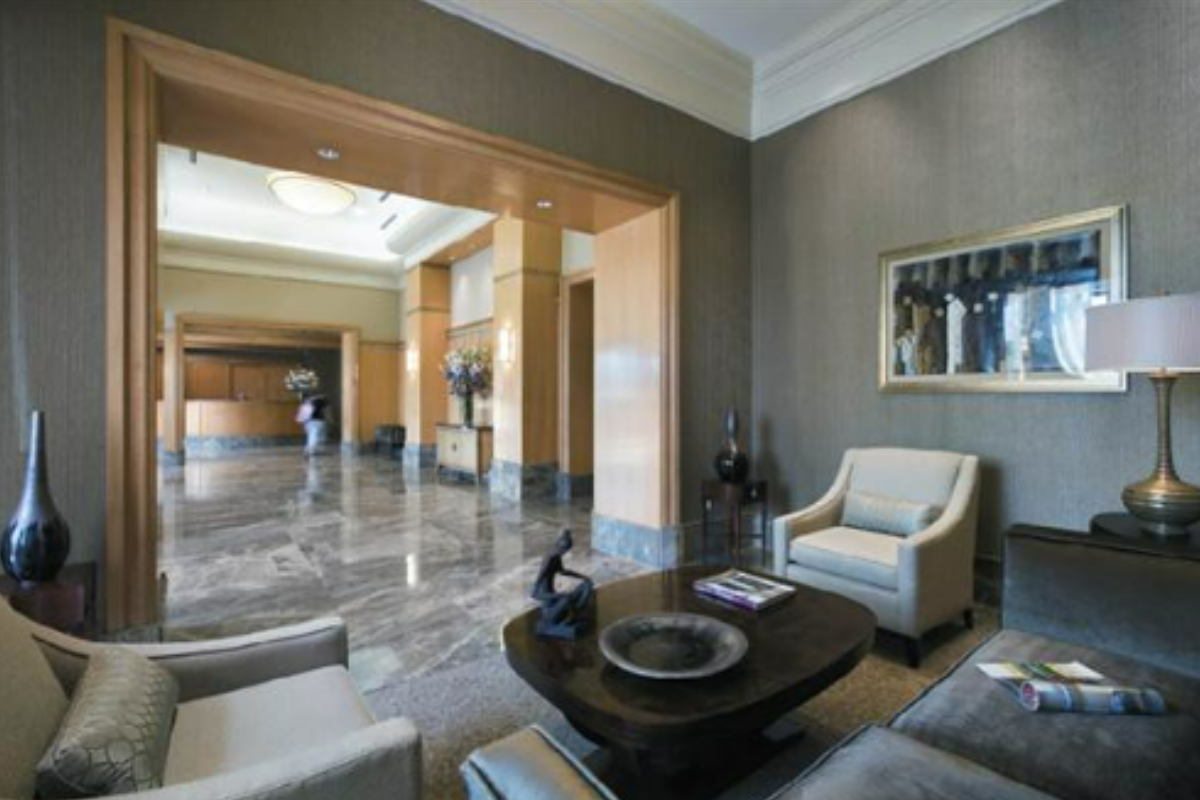
This Lower East Side lobby evokes the neighborhood’s artistic heritage through vintage furnishings sourced from the actual apartments and studios of artists who defined the area’s cultural scene during the 1980s. The central fireplace—a 30-foot brick structure that anchors the entire space—was built by masons using salvaged bricks from demolished tenement buildings that previously stood on adjacent streets.
The extensive vinyl record collection provides the soundtrack to the space played exclusively on vintage equipment, with daily selections curated to reflect significant musical movements that emerged from Lower Manhattan’s downtown scene. Residents comprise nearly 40% of the lobby bar’s evening clientele, creating authentic neighborhood integration that hotel guests frequently cite as a highlight of their stay.
Like Travel Pug’s content? Follow us on MSN.
Beyond The Space
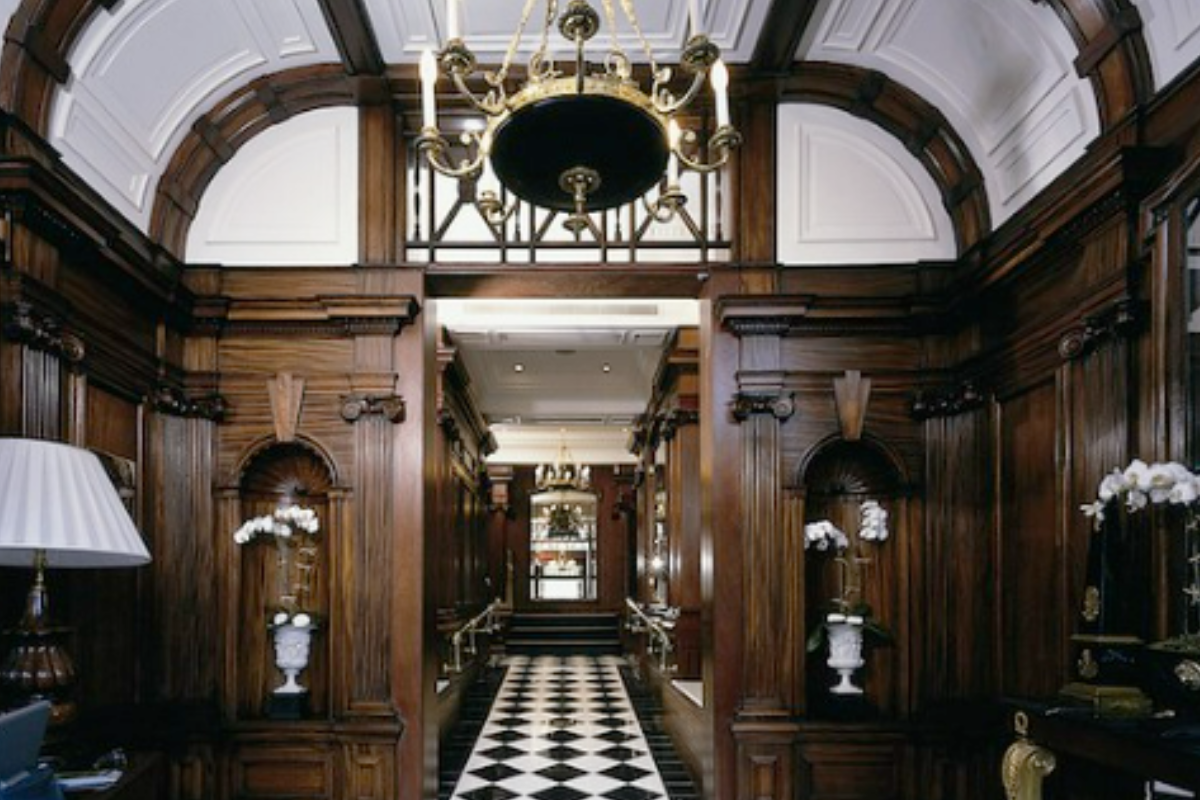
These extraordinary lobbies remind us that thoughtful design creates far more than mere visual impact—it shapes experiences, tells stories, and builds communities. The most successful hotel lobbies function simultaneously as living rooms, galleries, workspaces, and social hubs while maintaining distinctive personalities that could exist nowhere else.
By investing deeply in these first-impression spaces, these properties create memorable experiences that begin the moment guests cross the threshold and often become the stories they share most frequently after returning home.
More from Travel Pug

- Cities Growing so Fast You Won’t Recognize Them in 10 Years
- 13 Destinations Where Tourists Regularly Regret Their Trip
- 20 Obscure WWII Sites Even History Buffs Don’t Know About
- 10 Under-the-Radar Mountain Towns That Are Both Affordable and Beautiful
- Remote Villages in Europe Where You Can Live for Free in Exchange for Work
Like Travel Pug’s content? Follow us on MSN.
